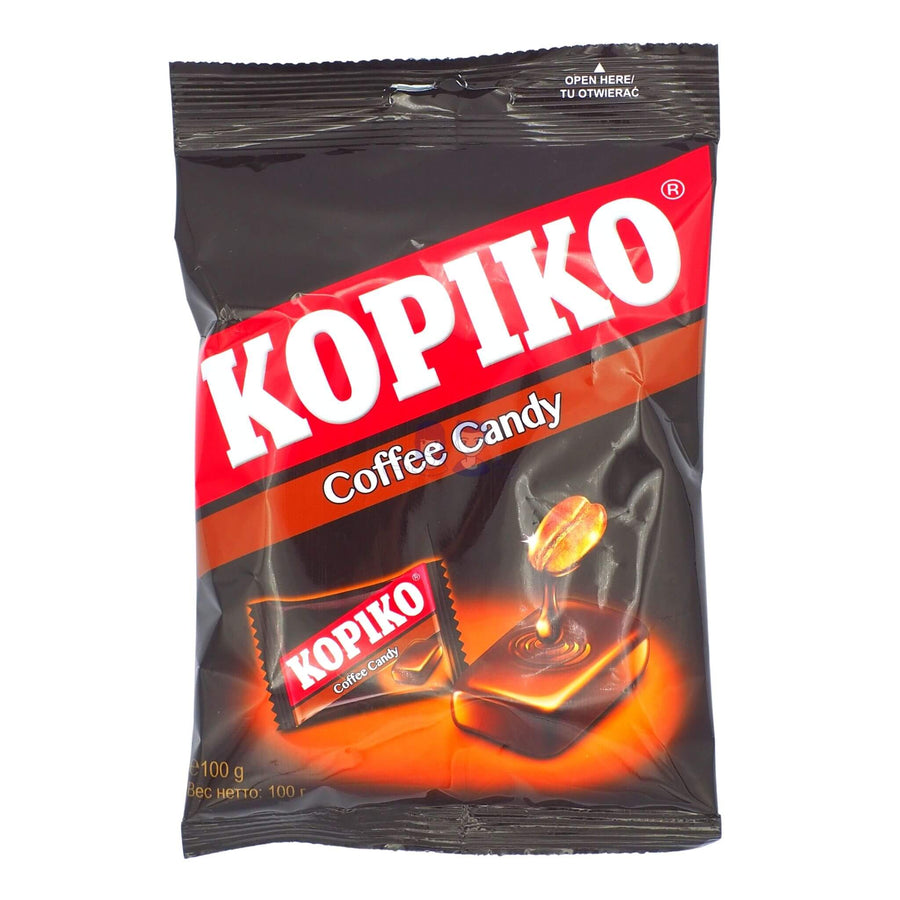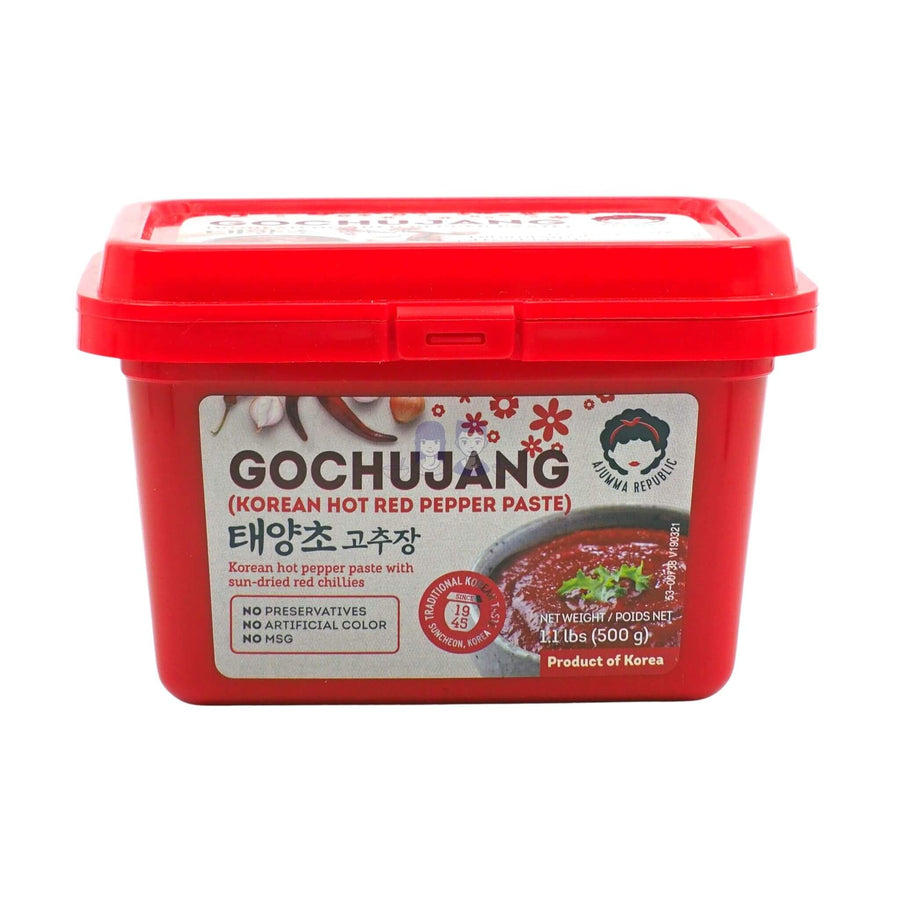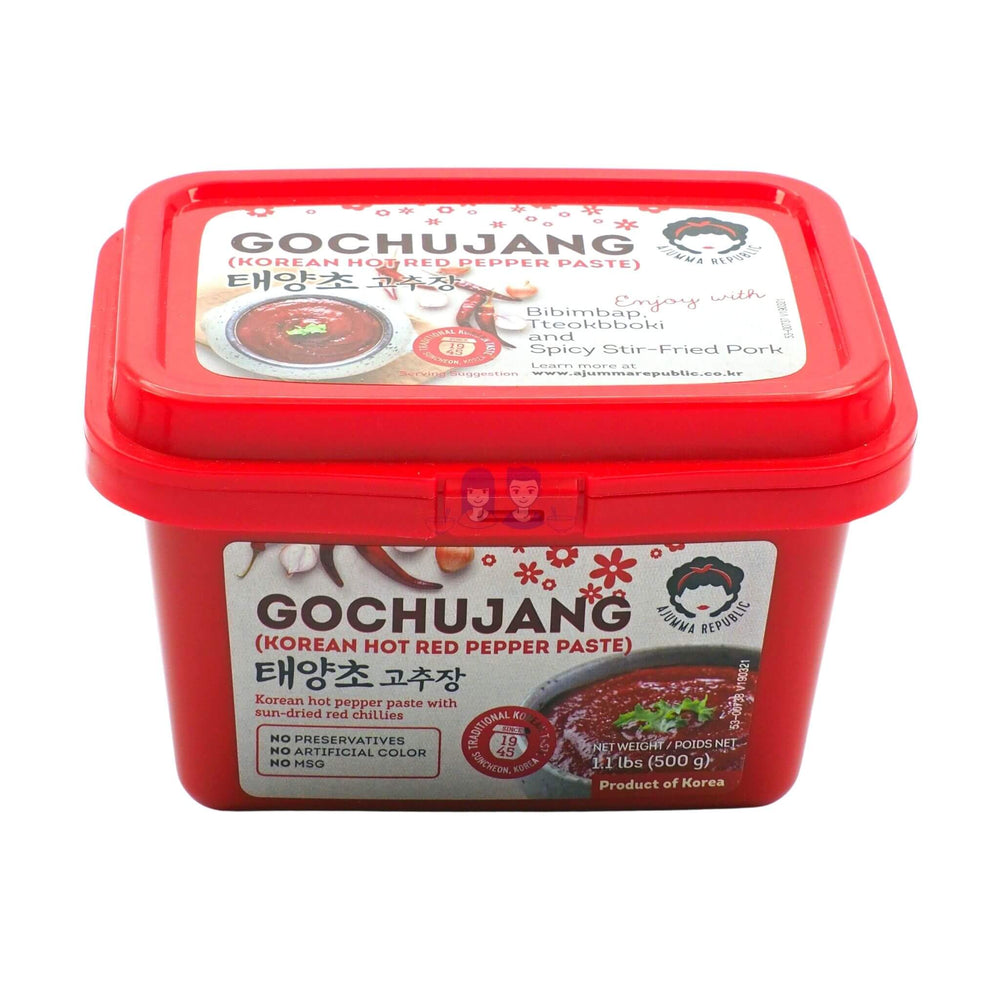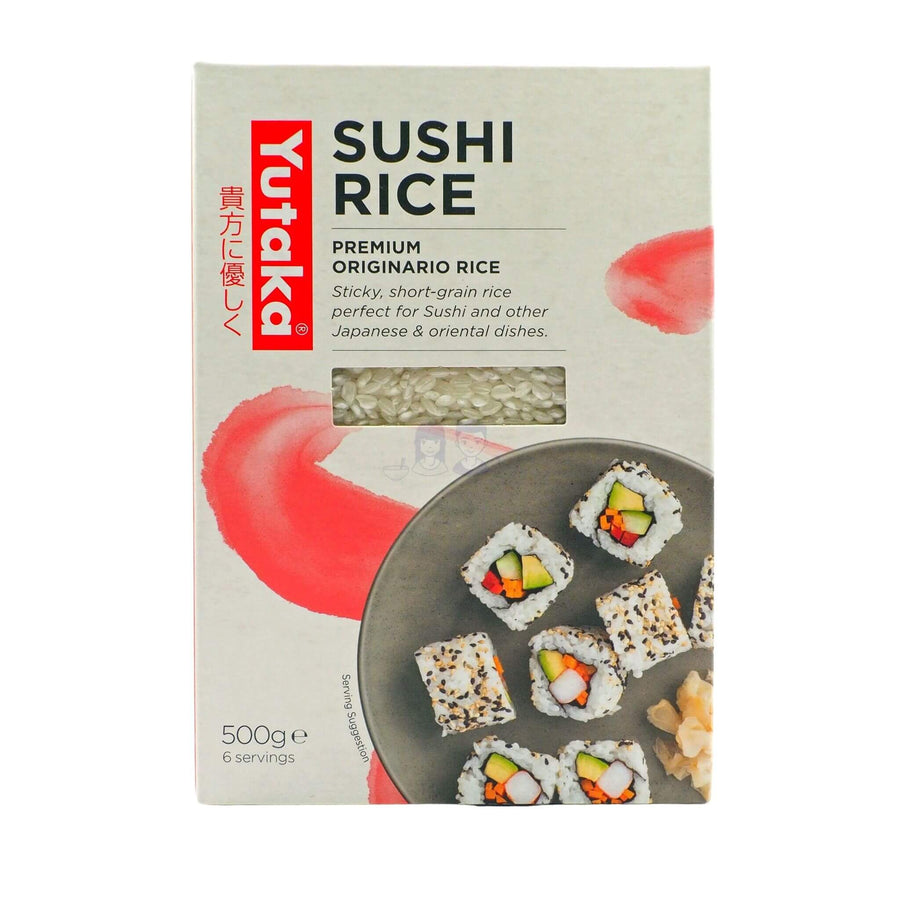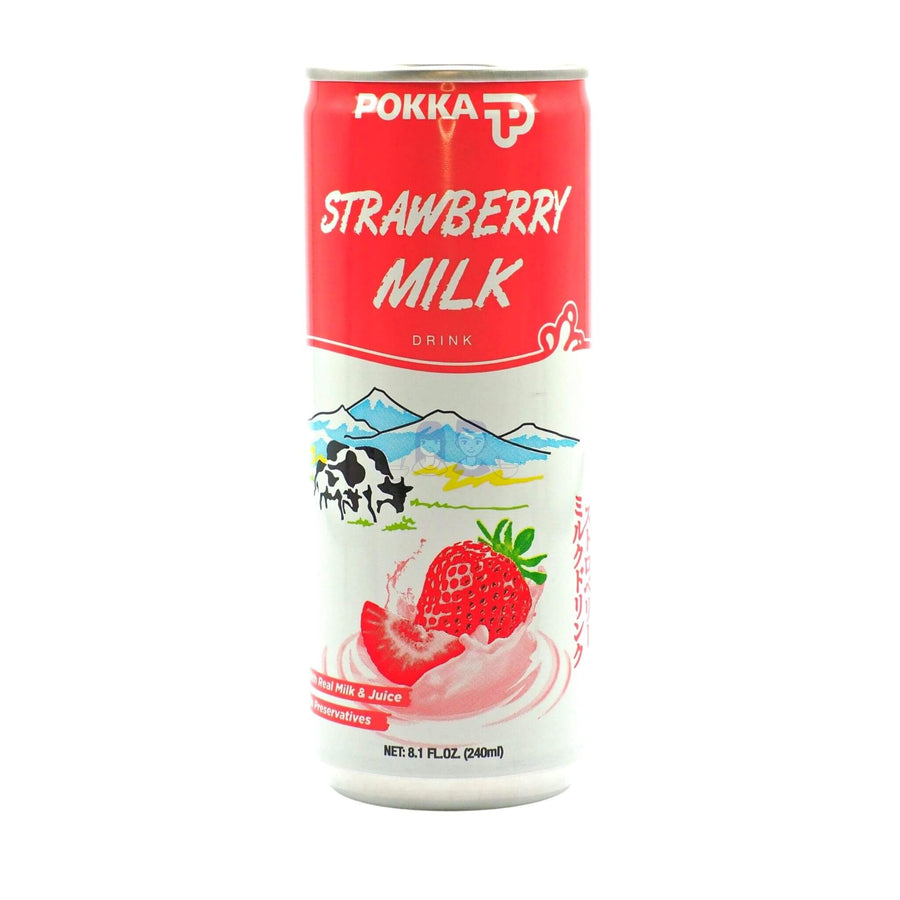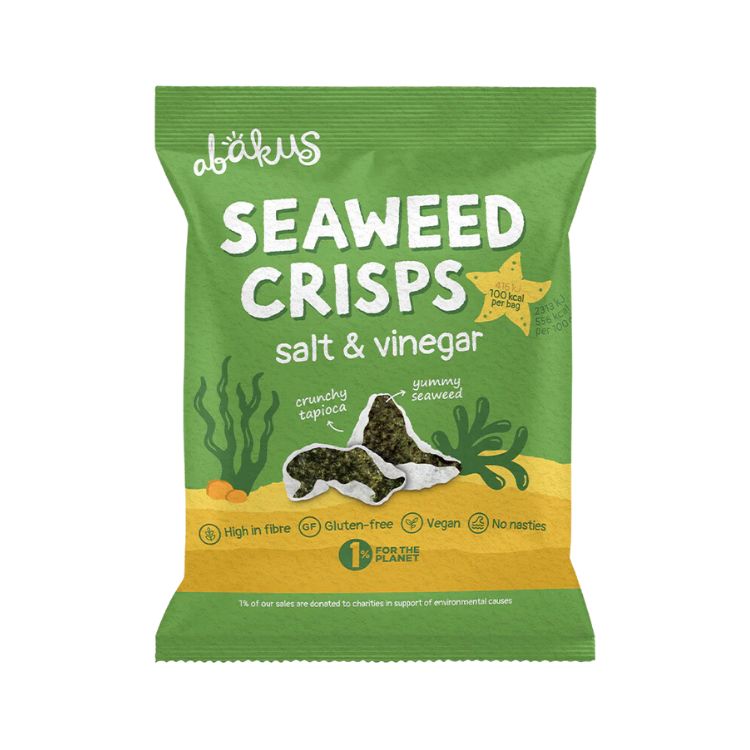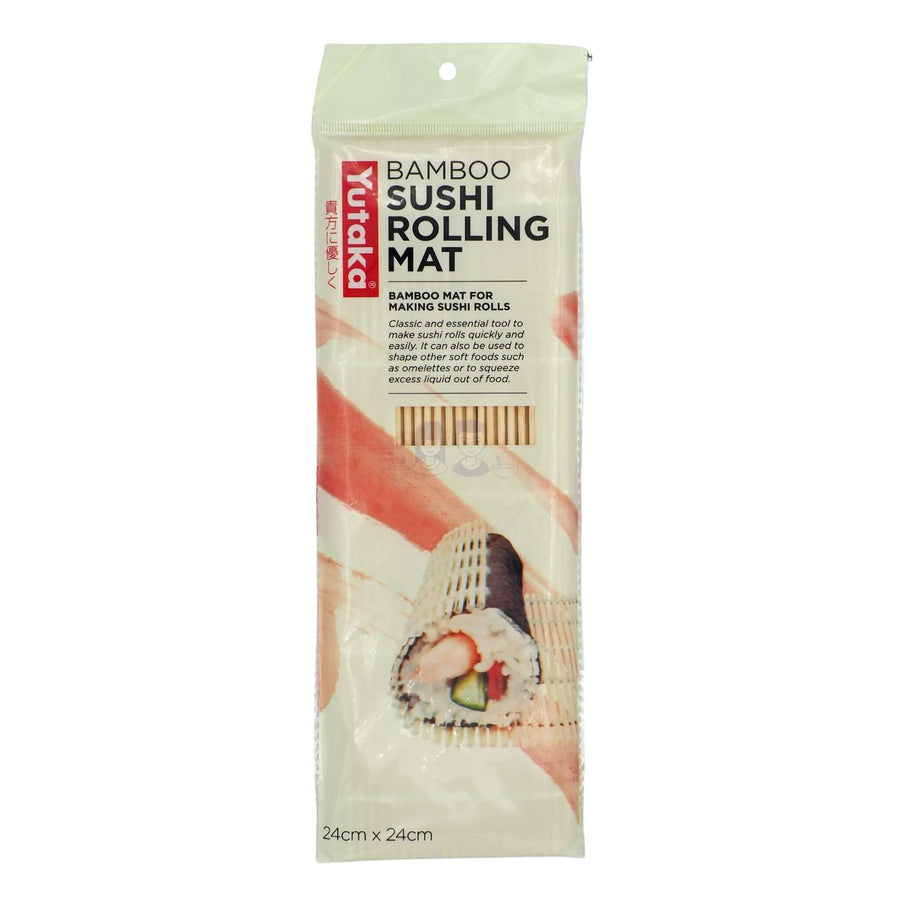Our Guide to Types of Rice: Varieties, Uses & Cooking Tips
Have you ever struggled with getting your rice just right? Whether it's too soggy, too dry, or simply bland, mastering the art of cooking rice can enhance any Asian meal.
As a staple food across all East and Southeast Asian countries, rice plays an important role in daily diets and culinary culture. This makes understanding the different types of Asian rice and how to cook it essential if you want to master Asian cooking.
In this guide, we'll explore the most common types of rice used in Asian cuisine. We'll go on to discuss their uses and tips for perfect cooking, including why you ought to invest in a rice cooker.
→ Shop now: Our handpicked range of cooking rice
What is Rice?
Origins of Rice in Asia
Rice is a popular cereal crop that is the food staple for the majority of the world's population.
The origins of rice can be traced back to ancient China and India, where it was first domesticated and cultivated at least 8,000 years ago. Over time, rice farming spread throughout the continent to countries like Japan, Korea, Thailand, and Vietnam.
Today, Asia is responsible for the vast majority of global rice production. The region is also renowned for its diverse rice varieties and cultivation techniques.

How Is Rice Made?
The process of growing rice starts by planting rice seeds in waterlogged fields known as paddy fields or rice paddies. As rice is a semiaquatic crop, these fields are carefully managed to ensure optimal growth conditions are present.
Once the rice plants mature, they are harvested, dried, and then processed to remove the dry outer covering called a husk. This rice is naturally brown at this stage and is fit to be cooked and consumed. It's common for the nutrient-rich outer bran layer to be removed to obtain "polished" rice which is the white rice you may be used to.
Traditional methods, like paddy farming, and modern techniques are both used to make high-quality rice.

What Is the Cultural Significance of Rice in Asia?
Rice is far more than a food staple across Asia as it holds deep cultural significance. Similarly to some types of Asian noodles, it plays a key part in many festivals and traditions. In such cases it commonly symbolises prosperity and life.
In countries like Japan, rice is considered sacred. Rituals surrounding its cultivation and consumption are deeply embedded into the culture.
Rice Characteristics
Thousands of years of domestication and cultivation have led to the creation of several different types of rice. Rice is constantly evolving to meet evolving taste preferences. It is also changing to improve overall crop quality and yield.
Several key rice characteristics help us distinguish between different rice varieties.
Length and shape: Long-grain, medium grain and short-grain
Colour: Polished (white), brown, black, red, and wild.
Aroma: Nutty, Jasmine
Texture: Sticky, Fluffy, Chewy
Asian Rice Varieties
Long-Grain Rice
- Characteristics: Long, thin grains that are 3-5 times the length that they are wide. Light, tender and fluffy texture once cooked.
- Examples: Jasmine (Thailand), Basmati (India).
- We love it for: Curries, Stir-fries, Fried Rice, Biryanis.

Medium-Short Grain Rice
- Characteristics: Short, plumper grains. Tender, slightly chewy texture, that sticks together somewhat when cooked.
- Examples: Sushi Rice (Japan), Glutinous / Sticky Rice (China, Japan, Southeast Asia).
- We love it for: Sushi, Rice Balls, Mochi, Desserts.

Specialty Rice
- Characteristics: Can vary but may have unique colours, enhanced flavours or chewy textures.
- Examples: Black Rice (China), Red Rice (Thailand).
- We love it for: Desserts, special dishes, salads.
When to Use Each Type of Rice
Jasmine Rice: Perfect for Thai and Southeast Asian cuisine due to its soft texture and jasmine aroma. We love using it for table rice, stir-fries and Thai curries.

Basmati Rice: Ideal for Indian and Pakistani dishes like biryanis and pilafs due to its fragrant aroma and long, slender grains.

Sushi Rice: Essential for making sushi and other Japanese dishes as it holds together well. We love its stickier texture which makes it more chewy.

Glutinous / Sticky Rice: Used in some of our favourite desserts such as Thai mango sticky rice and mochi using mochigome. It is also popular for savoury dishes like sekihan. Sticky rice is prized for its sticky texture and glutinous consistency.

Black and Red Rice: Adds colour and unique taste to Southeast Asian and Chinese dishes, known for their health benefits and nutty flavours. We love black rice especially due to its firm, non-sticky texture. Purple when cooked, you can mix it with white rice for a nice contrast.

How to Wash Rice
Washing rice is crucial to remove excess starch, oxidised rice bran oil and any contaminants. These may contribute to an unpleasant taste or make the rice overly sticky. What's more, it also removes dirt, dust and even small insects. Here's how to do it:
- Place the rice in a bowl, colander or sieve and cover it with water.
- Swirl the rice around with your hand so that the water turns cloudy.
- Drain the water, ensuring that no rice is lost.
- Repeat this rinsing process until the water runs clear. We typically find it requiring at least 3-4 rinses.
Note: Some rice varieties including sticky rice and sushi rice may require more rinsing to achieve the desired texture.

How to Cook Different Types of Asian Rice
Basic Cooking Methods
- Absorption Method: Suitable for most types of Asian rice and the one we use most often if we don't have a rice cooker at hand. Involves cooking rice with a set amount of water until all the water is absorbed.
- Boiling Method: Ideal for long-grain rice like Basmati. Rice is boiled in plenty of water and then drained.
- Steaming Method: Best for sticky rice and mochi rice. Rice is soaked and then steamed for optimal texture.

Using Rice Cookers
Rice cookers are great, convenient ways to make tasty rice for your cooking. They use the absorption method to cook rice.
Rice cookers consist of a main body and an inner container which holds the rice and water. The inside also contains an electric heating element powered by mains as well as a thermostat.
If you are cooking rice regularly then we strongly recommend investing in a good rice cooker for several reasons. Firstly, rice cookers are easy to use and offer consistent results and convenience. They also have advanced features like keep-warm functions and fuzzy logic, which cater to different types of rice.

If you are considering purchasing a rice cooker we recommend checking the following features are suitable for your needs:
- Capacity
- Settings for different types of rice
- Additional functions like steaming or slow cooking
- Voltage
When using your rice cooker, it's important to follow the correct water-to-rice ratios. You may also wish to consider adding flavourings such as pandan leaves or spices for extra aroma.
🎥 Watch the video:
Water-to-Rice Ratios
- Basmati Rice: Soak for at least 30 minutes before cooking. Use a 1:1.5 rice-to-water ratio.
- Jasmine Rice: No need to soak. Use a 1:1.5 rice-to-water ratio.
- Sushi Rice: Soak for one hour before cooking. Use a 1:1 rice-to-water ratio.
- Glutinous / Sticky Rice: Soak for at least 3-4 hours before cooking. Steam for best results. Use a 1:1 rice-to-water ratio.
- Black Rice: Soak for several hours (optional). Use a 1:2 rice-to-water ratio.
- Red Rice: Soak for several hours (optional). Use a 1:1.5 rice-to-water ratio.
Our Additional Tips for Perfect Asian Rice
- Resting: Once cooked, allow the rice to rest for 10 minutes to let the moisture distribute evenly.
- Fluffing: Use a fork to fluff the rice before serving. This helps to separate the grains and improve their texture.
Final Word
There's a lot more to rice than first catches the eye. To be your best chef, it's important to have an appreciation for its origins, varieties, and cooking requirements.
Whether you prefer the fragrant Jasmine or the sticky Mochigome, each type of rice brings its unique qualities to the table. Experiment with different varieties and cooking methods to discover your favourites.


